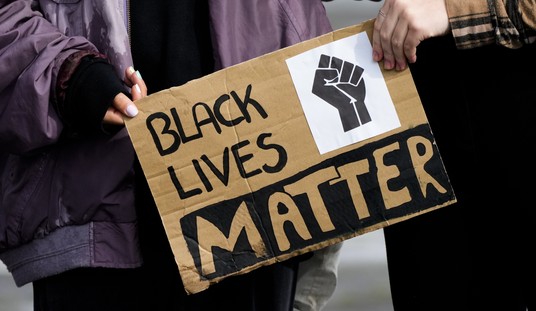Folks, I was too optimistic about last night. I thought a red tsunami was coming—it was barely a trickle. The national mood favors Republicans, with nearly 75 percent of Americans feeling we’re on the wrong track. Inflation, crime, and the economy were all top issues, and voters opted to maintain the status quo more or less. It shows that Biden’s abysmal approvals weren’t enough to clinch the win the GOP has itched for over the past year. I’m not sold entirely on the candidate quality criticism that Sen. Mitch McConnell (R-KY) issues when he virtually signaled defeat in August, but split-ticketing, long-thought extinct, did make a comeback and in a key election this year: Pennsylvania.
It’s fitting that a state that’s served as the electoral unicorn for Republicans for multiple cycles would have this happen. It doesn’t bring much comfort to Republicans that split-ticket voting occurred in red-leaning counties but also in the all-important battleground of Bucks.
Democrat John Fetterman won Bucks, which sealed the deal in this contest 52/45 over Republican Dr. Mehmet Oz. Oz had to either split or win this county to have a shot at victory. Yet, GOP Rep. Brian Fitzpatrick, whose congressional district is also the entirety of Bucks County, handily won re-election 55/45 over Democrat Ashley Ehasz.
In the gubernatorial race, four Trump counties—Berks, Cumberland, Luzerne, and Beaver—voted for Democrat Josh Shapiro over Republican Doug Mastriano but pulled for Oz in the Senate.
There were many weird aspects to last night’s elections. Rep. Lauren Boebert (R-CO) is in the fight of her life, but Republican Thomas Kean, Jr. pulled it out in New Jersey’s seventh congressional district, beating incumbent Rep. Tom Malinowski (D-NJ).
Recommended
The question is, do split-ticket voters stick around, or is this a one-off phenomenon?


